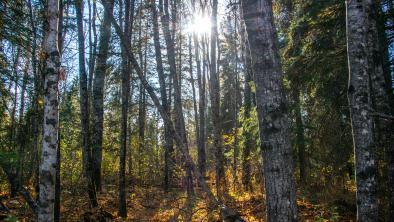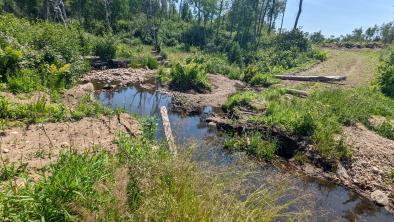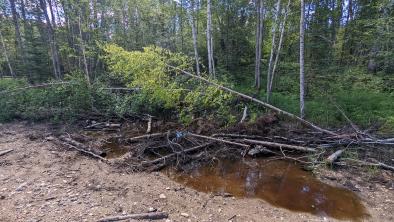Where does your news come from?

As it happens for many people, the holidays have caught me unprepared. Wilderness Committee cards aren’t sent, I’ve neither shopped for nor made any gifts, and until now I hadn’t gotten a greeting to our email list together. Out of all those things, I think the most important is getting a message out to our members, supporters, and followers.
There is one thing that’s becoming more and more apparent to myself and other environmental thinkers and activists I’ve talked to: there are limited avenues for getting our eco-messages out to the public. This is a real concern for all of us and, unfortunately, we don’t have the solution for getting our info out just yet. The newspapers’ websites are full of news, but for the most part crime and politics dominate. So where do people get their news? And how do we make sure there is environmental news getting out?
This, then, is the reason why I wanted to get a message to our list. The info is important, and if we don’t get it out, it may not make it out to people who should know. After all, we’re working on public lands and developments that affect the public.
Right now I have two suggestions for this problem. The first is to make use of the comment sections on the news sites you already visit. Granted, these comments sections are full of angry and biased comments, but the thoughtful comments tend to shine through. If you support a good decision by government or industry, say so. If you see a myth or green washing going on in an article or comment section, point it out. Public discussion is a critical component that is necessary for our society to learn and improve. We should take advantage of opportunities. Actual hard copy letters to the editor (with a copy sent our way maybe) are also needed. We need to become active.
The second solution to the problem is to find different sources for your news. I’ve got a slew of websites that I visit to peruse articles, discussions about environmental and ecological decisions, and possibilities. In the next few messages to our email list, I’m going to present a few so you can check them out, too.
The first one I’m going to mention right now is Digital Journal. This was a new site to me, and I only noticed it when they picked up our story about toxic mine waste pouring into Kississing Lake in northern Manitoba. They’ve also recently posted interesting stories looking at the U.S. lawsuit to protect endangered wolf populations in the lower 48, worldwide population growth, and worldwide wetland loss.
The story of Sherridon and the mine release is covered here.
To sign up for our email news service, click here.


